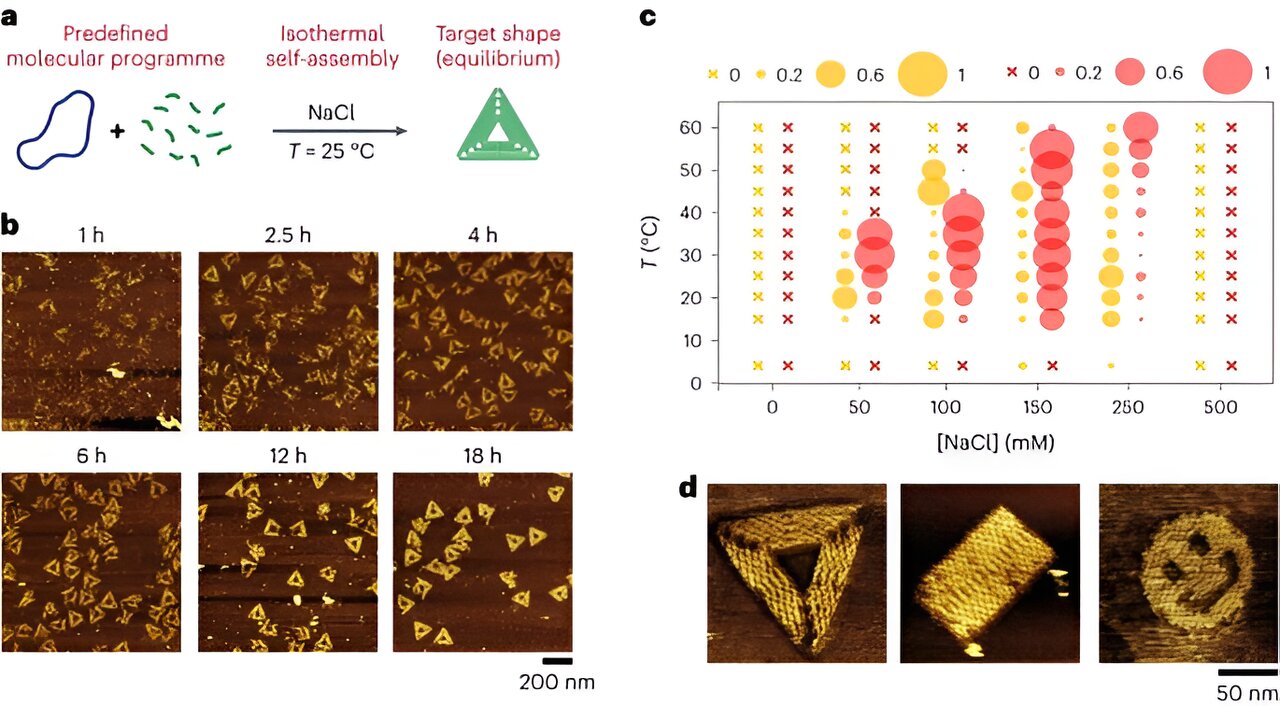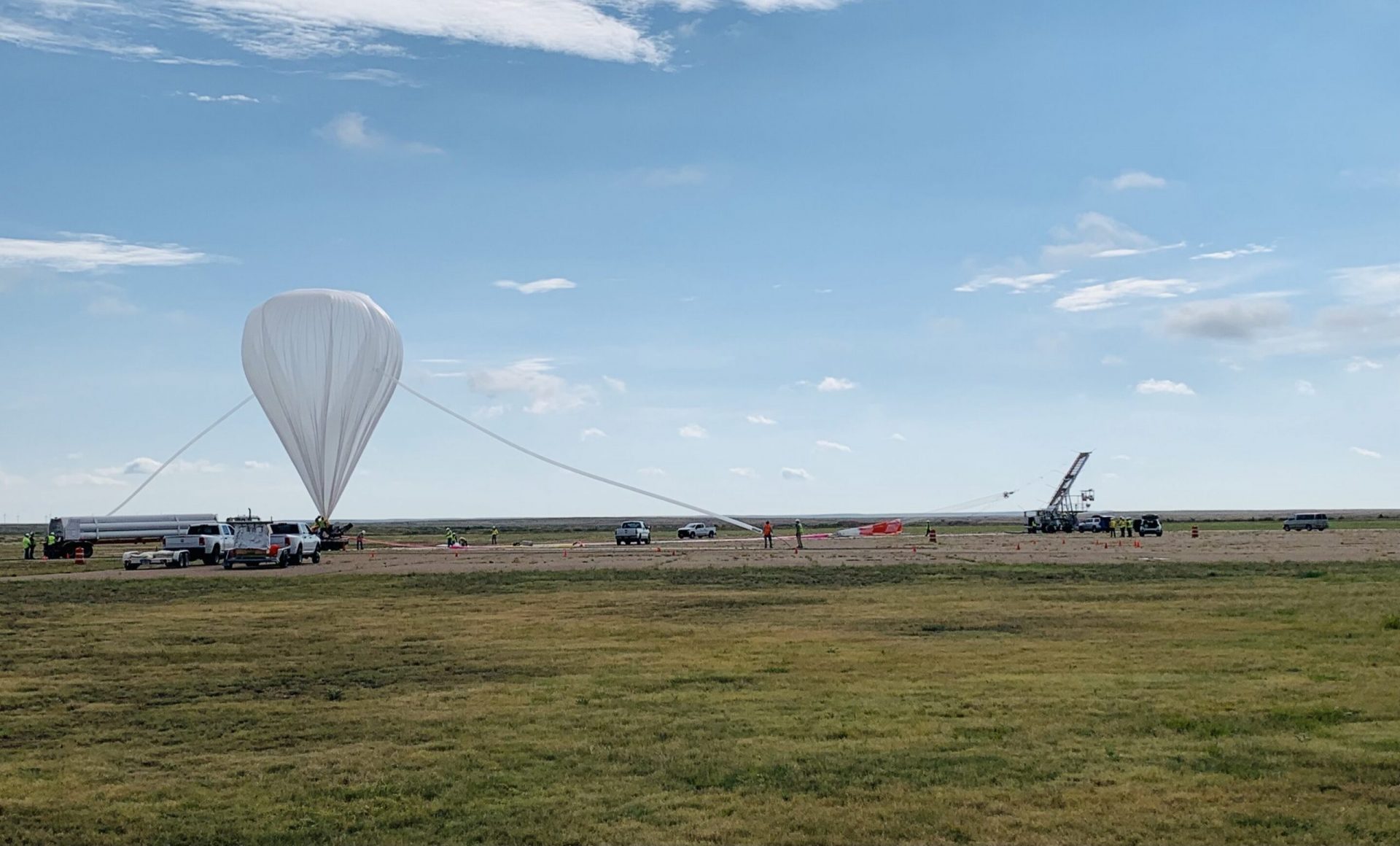Fossilized feces reveal a fascinating story of ancient parasites that plagued an aquatic predator over 200 million years ago. This groundbreaking study was published on August 9, 2023, in the esteemed open-access journal PLOS ONE by Thanit Nonsrirach and his team from Mahasarakham University, Thailand.
Parasites play a crucial role in ecosystems, but studying ancient parasites has always been a challenge due to the scarcity of fossil records. Typically, parasites inhabit the soft tissues of their hosts, which rarely fossilize. However, in some cases, traces of parasites can be found within fossilized feces, known as coprolites. In this remarkable study, Nonsrirach and his colleagues unveil evidence of parasites in a coprolite from the Late Triassic period, dating back over 200 million years, found in the Huai Hin Lat Formation of Thailand.
The coprolite, measuring over 7cm in length and cylindrical in shape, is believed to have been produced by a species of phytosaur, a crocodile-like predator known from this fossil site. Microscopic analysis of thin sections of the coprolite revealed the presence of six small, round organic structures, ranging from 50 to 150 micrometers in length. One of these structures, an oval-shaped object with a thick shell, was identified as the egg of a parasitic nematode worm. The remaining structures are suspected to be additional worm eggs or protozoan cysts of unknown origin.
This groundbreaking discovery marks the first record of parasites in a terrestrial vertebrate host from the Late Triassic period in Asia. It provides a rare glimpse into the life of an ancient creature that was evidently plagued by multiple parasitic species. Furthermore, this finding contributes significantly to our understanding of the distribution and ecology of parasites in the distant past.
The authors of the study emphasize the importance of coprolites as a valuable paleontological resource, containing numerous undiscovered fossils that expand our knowledge of ancient ecosystems and food chains.
,,,








